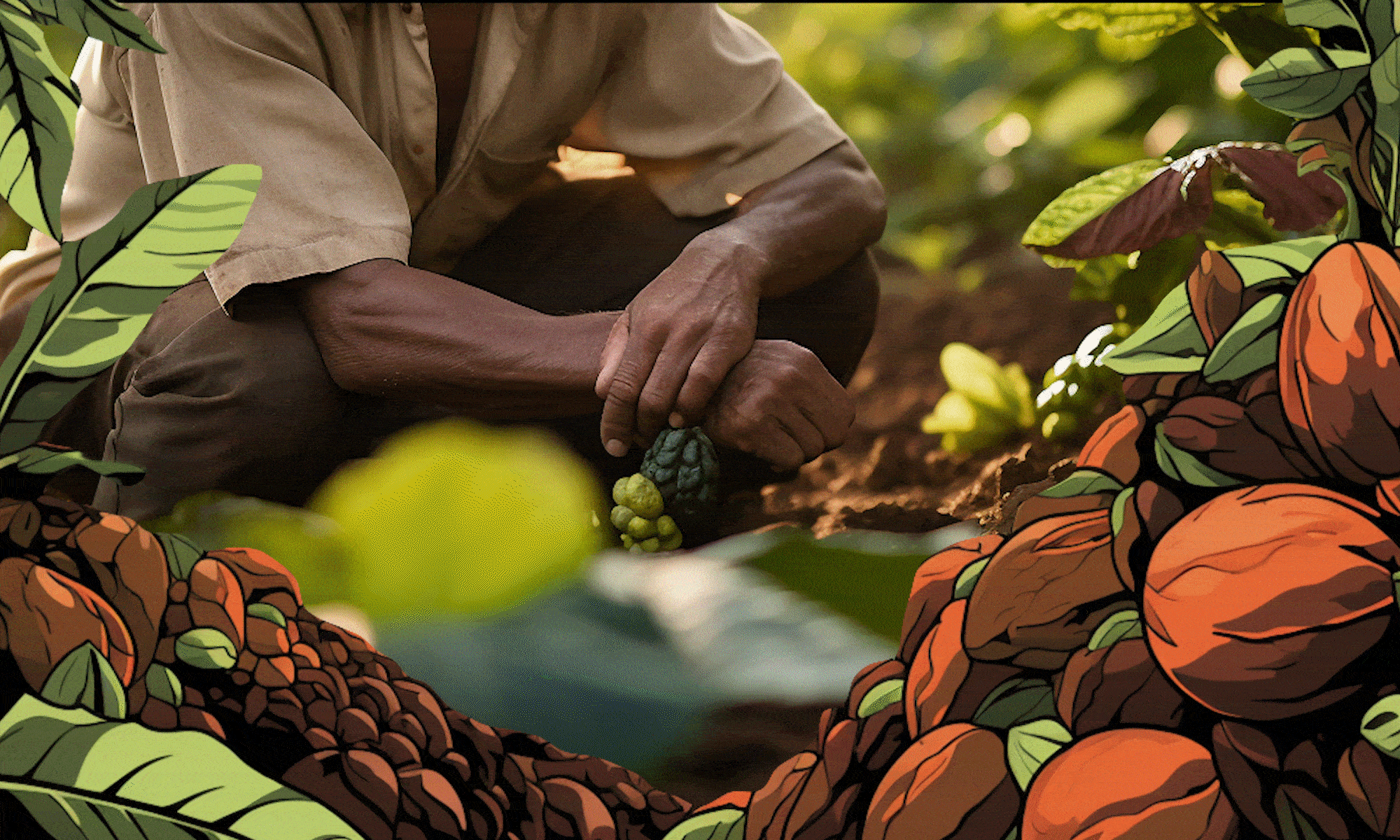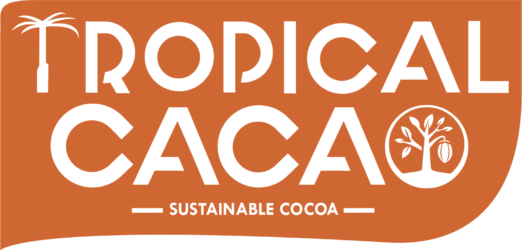Understanding the Critical Steps in Cacao Processing 🍫🌞
Did you know that both fermentation and drying are essential in transforming raw cacao beans into the chocolate we love? While fermentation is often discussed, drying plays an equally vital role in ensuring the beans develop their full potential. In this article, we’ll explore the differences between these two stages and why they’re both crucial for creating high-quality cacao.
The Basics: What Are Fermentation and Drying? 🌱
Fermentation 🧪
Fermentation occurs right after cacao pods are harvested and the beans are removed. This process involves natural microorganisms breaking down the sugary pulp surrounding the beans, triggering chemical reactions that develop the flavor.
Duration: 2–7 days
Temperature: Controlled by microbial activity, reaching up to 50°C (122°F)
Purpose: Develops initial flavor complexity and reduces bitterness
Drying 🌞
Drying happens immediately after fermentation. The beans are spread out in the sun or dried using mechanical methods to remove excess moisture, preserving them for transport and storage.
Duration: 5–10 days (depending on the method and climate)
Temperature: Sun-dried naturally or controlled in mechanical dryers
Purpose: Prevents spoilage and prepares the beans for roasting
Why Fermentation Comes First 🥇
Fermentation is the first transformative step, where raw beans go from tasteless to flavorful.
Flavor Formation: Compounds like tannins and alkaloids break down, reducing bitterness.
Chemical Reactions: Enzymes and acids interact, creating fruity, nutty, or floral notes.
Texture: Beans become softer and more pliable, ready for further processing.
Without fermentation, the beans lack the complex flavors needed for premium chocolate.
The Role of Drying: Sealing the Flavor 🛡️
Drying is equally critical, as it stabilizes the beans for storage and transport.
Moisture Removal: Reduces water content to 6–7%, preventing mold growth.
Preserving Quality: Stops fermentation at the right stage, locking in flavor.
Even Roasting: Properly dried beans roast more consistently, enhancing taste.
Poor drying practices can ruin perfectly fermented beans, leading to off-flavors or spoilage.
How They Work Together 🤝
Fermentation and drying are interconnected steps, each depending on the other for success.
Timing Is Everything: Over-fermentation or under-drying can lead to low-quality beans.
Balance: Proper drying halts fermentation at the perfect moment, preserving the desired flavors.
Farmer Expertise: Skilled farmers monitor both processes carefully to ensure the best results.
At Tropical Cacao, we train farmers in both stages to produce exceptional cacao.
Sun Drying vs. Mechanical Drying ☀️⚙️
Sun Drying
Pros: Environmentally friendly and cost-effective.
Cons: Weather-dependent and time-consuming.
Mechanical Drying
Pros: Faster and more consistent.
Cons: Expensive and energy-intensive.
Both methods can produce high-quality beans if done correctly, but sun drying is more common in regions with consistent sunshine.
Common Mistakes in Fermentation and Drying 🚩
During Fermentation:
Over-fermentation: Leads to sour or unpleasant flavors.
Under-fermentation: Results in flat, bitter beans.
During Drying:
Too Fast: Causes cracking and uneven drying.
Too Slow: Encourages mold growth and spoilage.
Why It Matters for Chocolate Lovers 🍫❤️
The flavors you taste in chocolate are determined by these two stages.
High-Quality Chocolate: Comes from beans that are expertly fermented and dried.
Inferior Products: Often use poorly processed beans, leading to inconsistent flavors.
When you choose premium chocolate, you’re supporting farmers who master these critical steps.
At Tropical Cacao: Fermentation and Drying in Harmony 🌴
At Tropical Cacao, we believe in perfecting every stage of cacao production. Our farmers follow sustainable practices to ensure fermentation and drying complement each other, creating cacao that’s rich in flavor and quality.
Final Thoughts 💡
Fermentation and drying are the unsung heroes of chocolate production, working together to create the flavors and aromas we adore. By understanding their importance, you can appreciate the craft behind every cacao bean.
Want to learn more? Explore our commitment to quality cacao at Tropical Cacao. 🌱🍫

